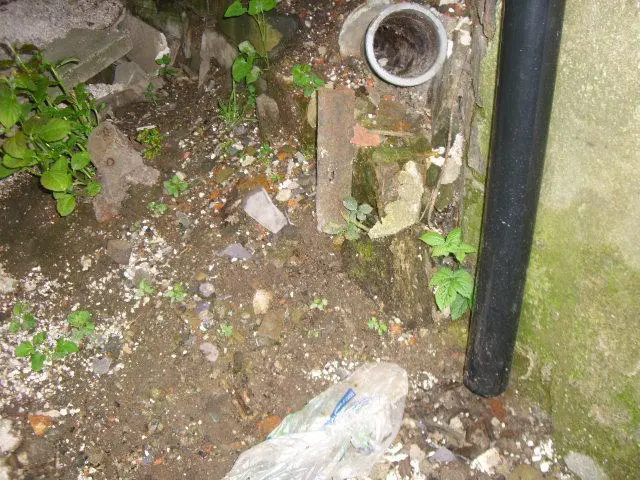Hi Guys,
I have some damp issues in my basement and is the rear wall which is the worst. My basement is about 5.5ft below ground level.
On the outside of the wall i have about 2ft of dirt which is continually sodden, then i'm into someone elses land.
My question is, is there anything i can do to stop so much damp on the back basement wall? I am thinking of something like digging a small trench along the back wall and maybe filling with rubble?? Would this work or even make it worse?
I know in never going to stop the moisture in the ground travelling through my basement walls but i'm just looking for any ways to reduce it slightly and protect my house from the elements as much as i can.
I have added a couple of pics to try and explain. Any help would be much appreciated.
I have some damp issues in my basement and is the rear wall which is the worst. My basement is about 5.5ft below ground level.
On the outside of the wall i have about 2ft of dirt which is continually sodden, then i'm into someone elses land.
My question is, is there anything i can do to stop so much damp on the back basement wall? I am thinking of something like digging a small trench along the back wall and maybe filling with rubble?? Would this work or even make it worse?
I know in never going to stop the moisture in the ground travelling through my basement walls but i'm just looking for any ways to reduce it slightly and protect my house from the elements as much as i can.
I have added a couple of pics to try and explain. Any help would be much appreciated.





